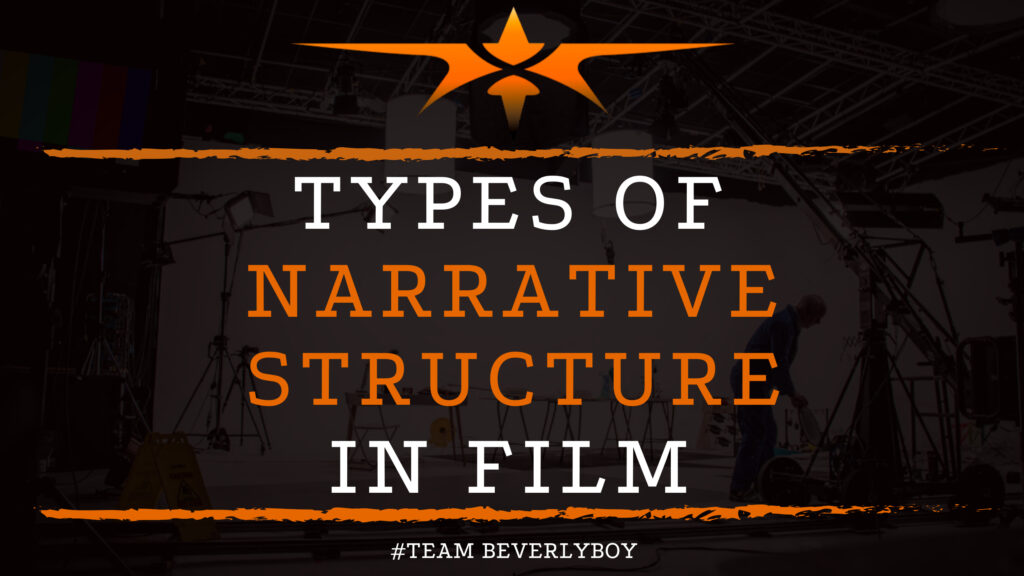Types of Narrative Structure in Film?
Stories represent incredibly powerful opportunities to grasp the attention of your audience. And potentially elicit a behavioral response, emotion, or event. The narrative structure of a film represents the story and plot. In fact, narrative structure is represented by the content of a story. And the methods or form used to share the story with the desired audience. Different types of narrative structure in film can be used to deliver the desired outcomes.

THE MOST COMMON TYPES OF NARRATIVE STRUCTURE IN FILM INCLUDE:
- Chronological or Linear Structure
- Fractured Narrative
- Framed Narrative
- Circular or Epic Narrative
LINEAR NARRATIVE STRUCTURE IN FILM
This is the traditional form of narrative structure. And is commonly used in film to organize a story around a particular series of events to include specific key moments.
The moments are ordered in a linear fashion such that you have the rising action or precipitating incident. Which results in a conflict, followed by the climax, a resolution, and the falling action.
Moreover, not only is the linear narrative structure common in many children’s films and classic stories. This incredibly predictable use of narrative structure is common in many children’s books and literature classics, too.
FRACTURED NARRATIVE STRUCTURE IN FILM
The fractured narrative structure represents a linear structure that is broken. Such that the filmmaker can jump back and forth between various events of the story over time.
For example, if you’ve ever seen a movie that includes a character having a flashback from a previous moment. This is the power of a fractured narrative structure in film. It can be used to produce a powerful reaction while telling the story in a mostly sequential order.
FRAMED NARRATIVE STRUCTURE IN FILM
The framed narrative structure in film is used in stories that represent a story within a story. You might recall this from “The Wizard of Oz” in which the story of Oz is actually just a dream that Dorothy had while she was knocked out.
This story within the story represents the framed narrative structure and is frequently used in film. Oftentimes, when this type of structure is used the viewer may even go so far as to forget that the story started in a particular way.
That is, until it circles back to the framed narrative and they realize “Oh yeah, it was all just a dream.”
CIRCULAR OR EPIC NARRATIVE STRUCTURE IN FILM
Cyclical narrative is frequently employed in films and on television, this is the epic narrative in which the beginning of the story is also the end.
You might recall instances in which a movie begins with a view of a particular character in a situation and ends with that same character in that exact same situation.
Even though the story twisted and turned through various events that took the character through time. Perhaps backwards from the end? This circular or epic narrative structure in film is incredibly common and frequently represents the hero’s journey.
CHOOSE WHAT’S BEST FOR YOUR STORY
So, as you can see, different types of narrative structure in film can be used to deliver the story to the audience.
Filmmakers choose the narrative structure that is most likely to be engaging, interesting, and exciting to the audience. While delivering the desired connections to the story narrative.

